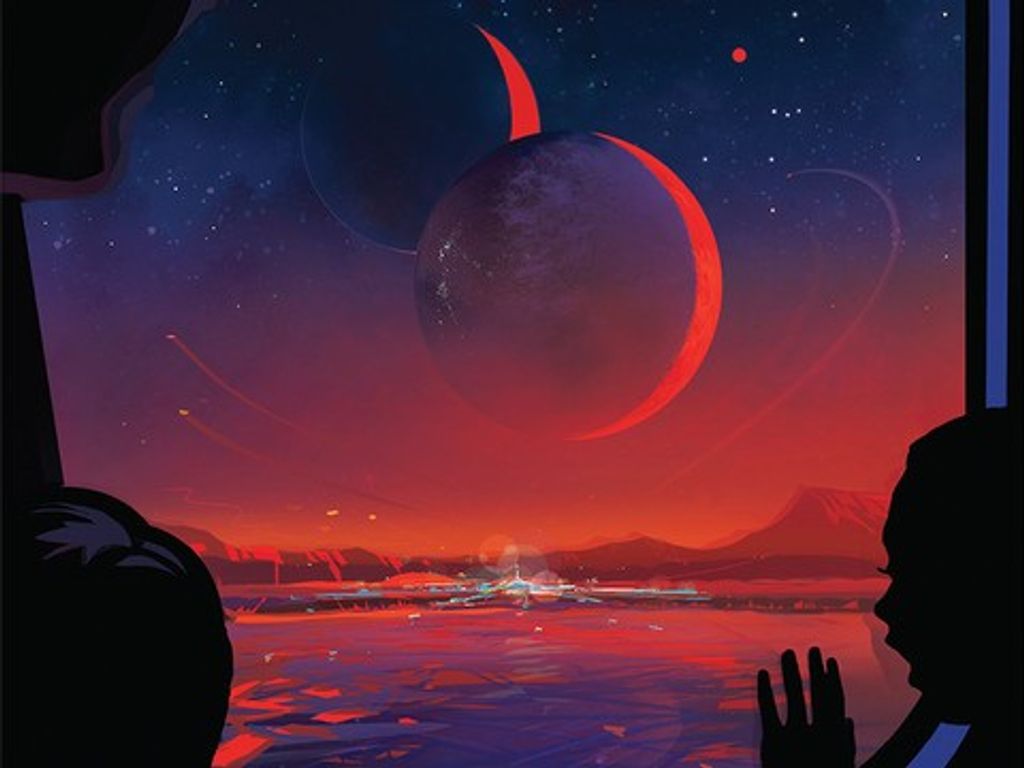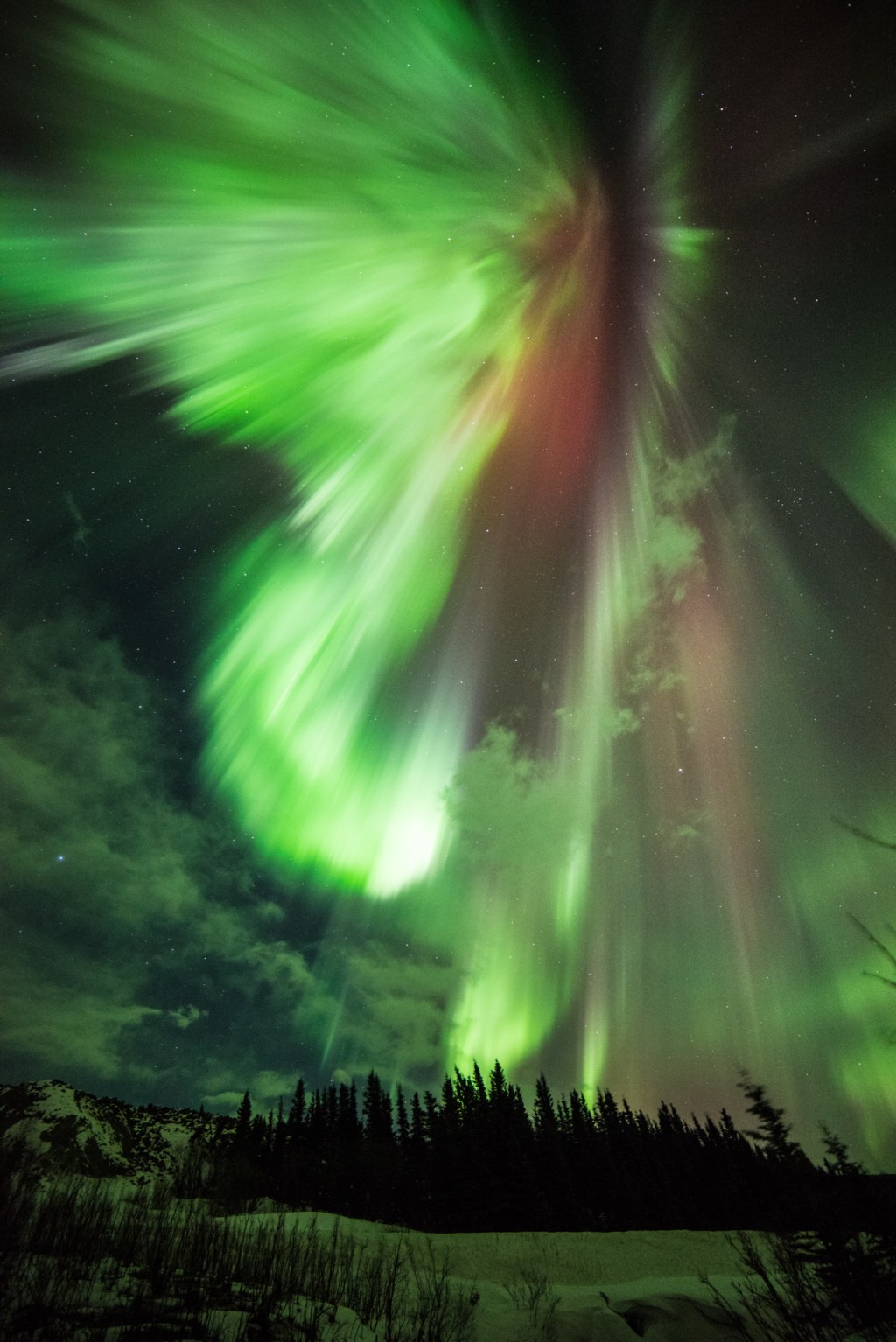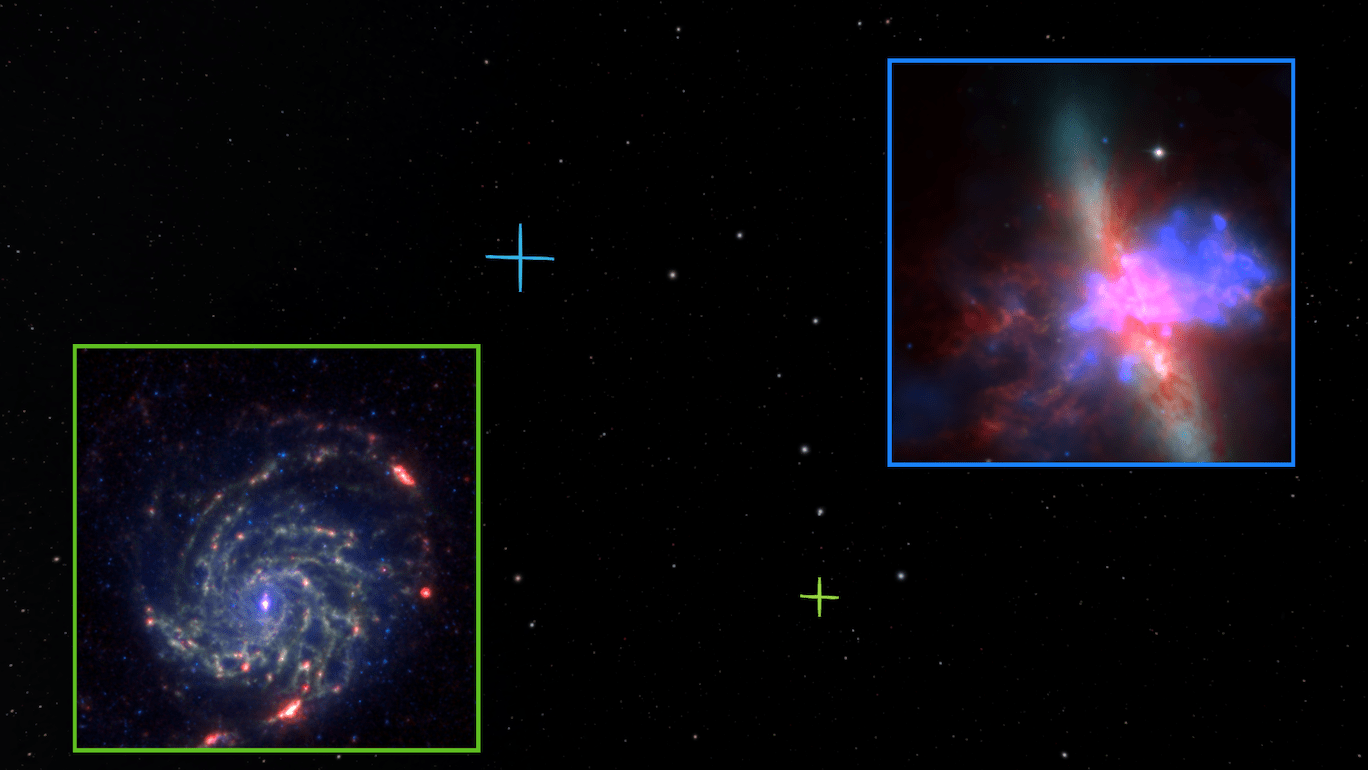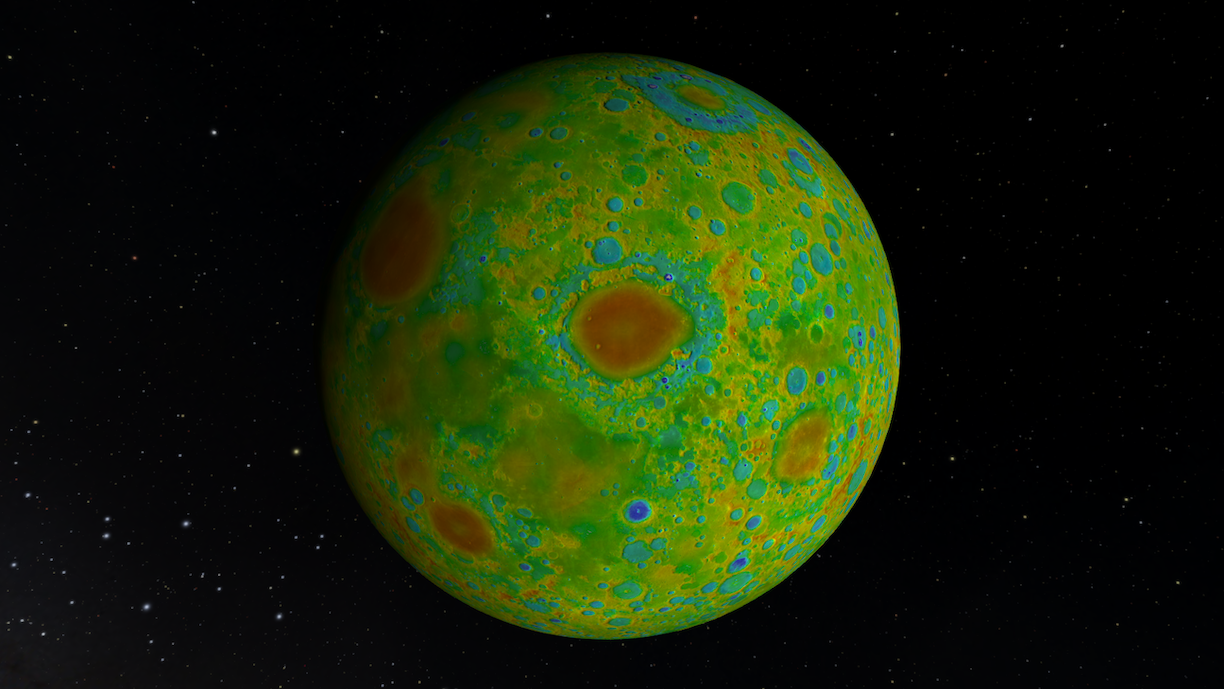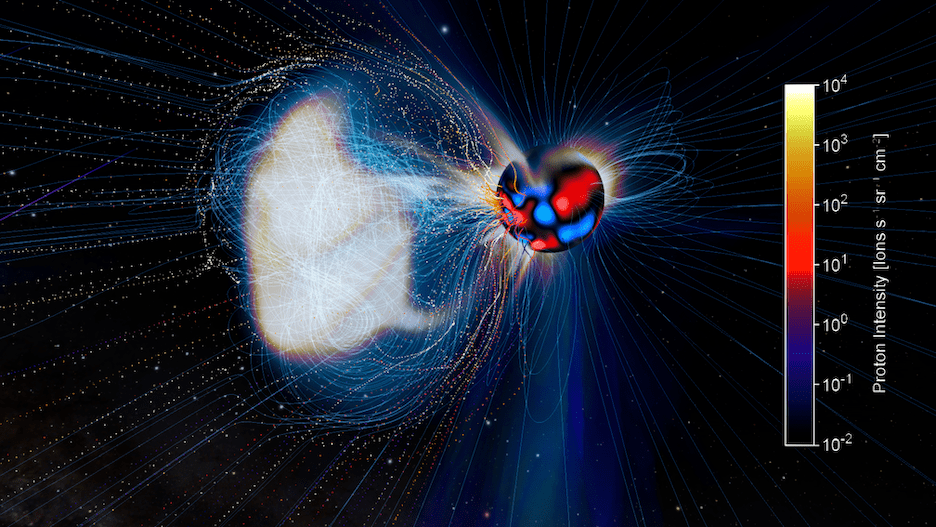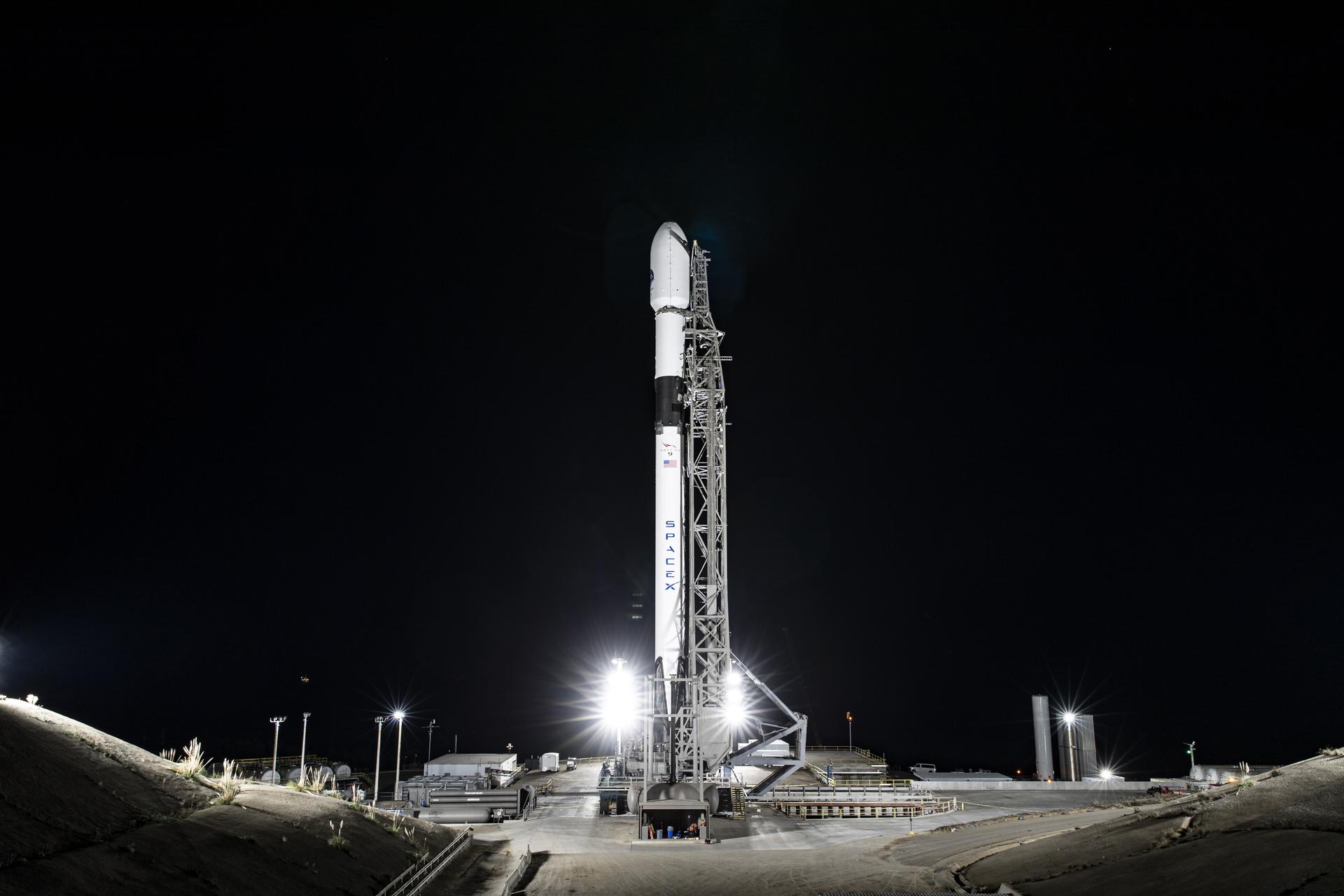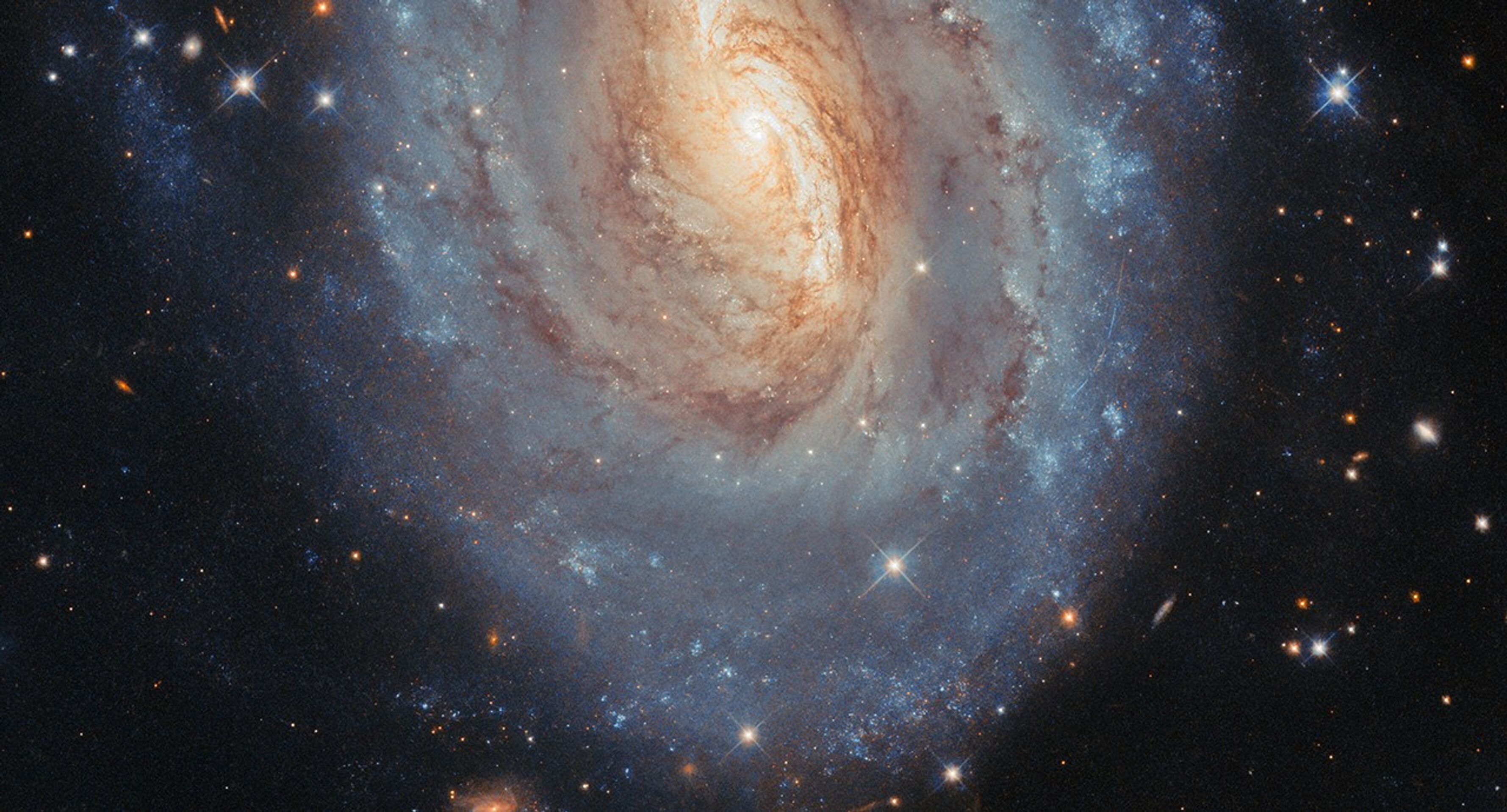New OpenSpace Software Update: More Astronomical Data for Users
The American Museum of Natural History’s OpenSpace Project is a NASA-funded visualization and presentation tool that enables live exploration of the known universe, including observed data, models and simulations, recent discoveries, and even space mission activities. In May 2022, OpenSpace released the newest version of its visualization software: version 0.18.0. This recent update allows scientists, educators, and Earth and space science enthusiasts to explore the Earth and universe like never before and includes new content and features to explore new types of data in the full context of the universe.
The new SkyBrowser feature brings astronomical images from the American Astronomical Society (AAS) WorldWide Telescope into OpenSpace. Users can select from an array of images from astronomical observatories and surveys like the Hubble Space Telescope and the Chandra X-ray Observatory while OpenSpace charts their locations in space. Astronomical images from AAS WorldWide Telescope appear in colored windows in OpenSpace (shown here in green and blue) with corresponding crosshairs pinpointing where the objects are located within a 3D Atlas of the universe.
Version 0.18.0 also includes a substantial expansion in layers of data available for Earth and other planetary bodies, including new content from NASA Solar System Treks and NOAA Science On a Sphere. These layers allows users to share more information about the Earth, Moon, Mercury, and Mars. For example, this image shows how gravity fields (visualized in color) on the moon correspond to small and medium craters, with red depicting stronger gravitational force and blue depicting weaker.
Additionally, new dynamic heliophysics content visualizes how energy emissions from the sun affect our solar system, including Earth.
OpenSpace version 0.18.0 is now available for download on the OpenSpace Project website: https://www.openspaceproject.com
Check it out and connect with the OpenSpace user community on Slack: https://openspacesupport.slack.com/
The OpenSpace project is supported by NASA under cooperative agreement award number NNX16AB93A and is part of NASA’s Science Activation Portfolio. Please visit https://science.nasa.gov/science-activation-team/openspace-project to learn more.














